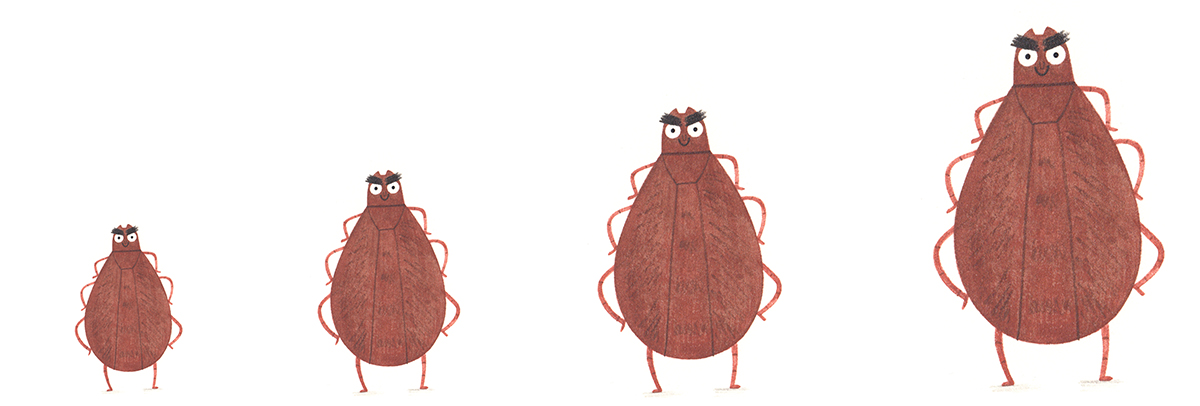How To Prevent Ticks On Our Pets
Ticks are on the rise
Ticks are an increasing problem in the UK and can cause serious health issues. They are second only to mosquitoes in transmitting infectious disease to humans and animals and now have been found to be carrying canine babesiosis in the UK for the first time.

How pets pick up ticks
Wherever you live in the UK, your pet could pick up ticks. These parasites live not only in rural areas but in urban parks and gardens too.
They find a host, such as your cat or dog, by ‘questing’ – waving their forelimbs in the air – at the tip of vegetation.
As an animal brushes past, ticks transfer to them and attach themselves by biting through the animal’s skin and cementing themselves in place.
Tick-borne diseases and symptoms
1 in 3 ticks has been found to carry an infectious disease that may affect dogs. One such disease is Lyme disease, which can affect both people and animals. In fact, cases of Lyme disease in the UK have increased by 300% in humans since 2003.
There have now also been reports of canine babesiosis; previously unheard of in the UK; which has sadly taken the life of one dog and several more very ill.
If you notice any change within your pets you must seek veterinary advice immediately. Symptoms of these diseases include lethargy, a lack of appetite, fever, anemia, pale gums, enlarged abdomen, weight loss and jaundice.
The intensity of these symptoms can fluctuate for months, and if left undiagnosed can lead to permanent disability so we encourage you to seek veterinary help if you notice any changes in your pet’s behaviour.
How to protect pets
Apply a tick killing spot on regularly
We recommend FIPROtec Spot-On, vet strength protection that kills ticks.
Check the pet’s nose to tail
Checking your pet head to paw every day and every time they come in from the outside hugely reduces the risks of disease transmission. Ticks need to be attached and feeding for 48 hours for transmission. If checked regularly ticks can be spotted and removed quickly.
Remove the tick safely
If a tick is found it is important that it is removed swiftly and safely. To remove a tick a twister is the best course of action as this will not squish the tick’s main body and enable the head to be twisted within the pet’s skin and pulled out cleanly.
We recommend the ‘O’Tom Tick Twister
To read about removing ticks safely click here

